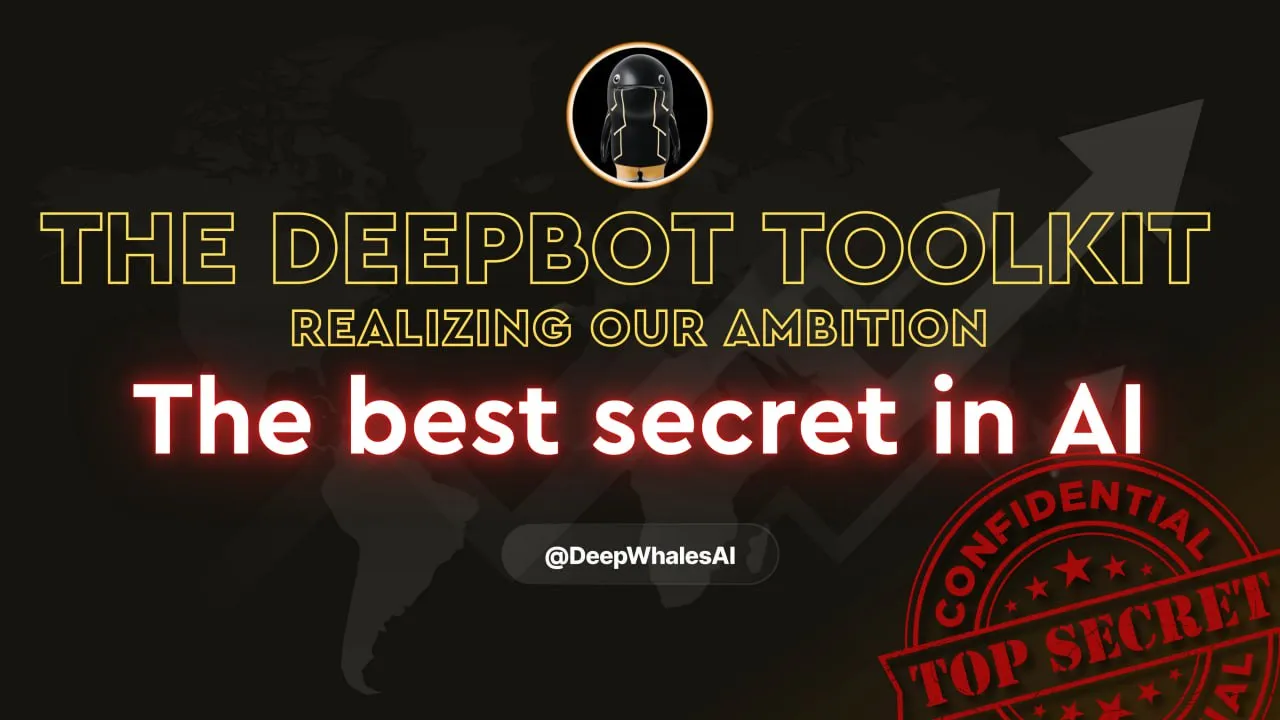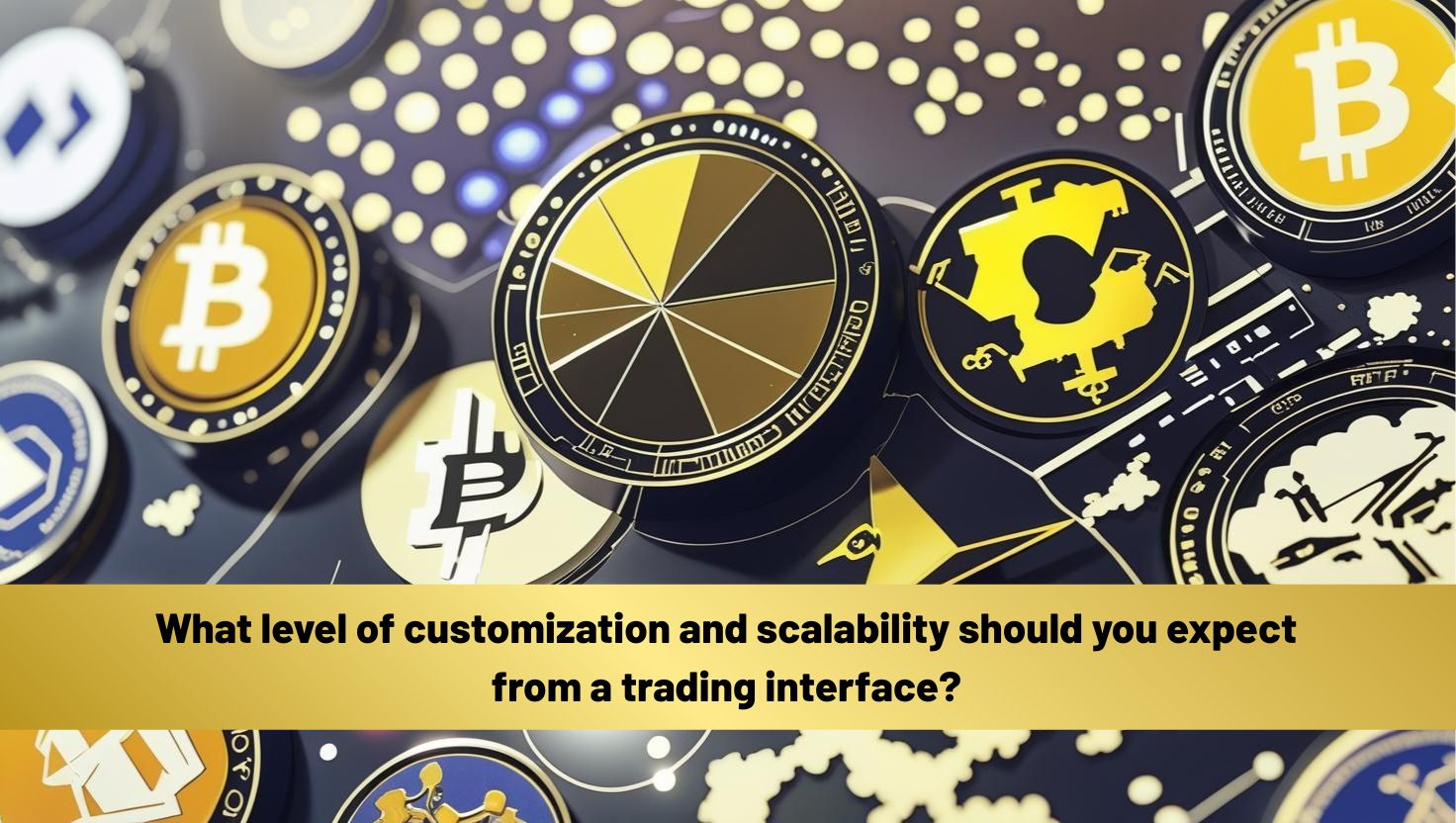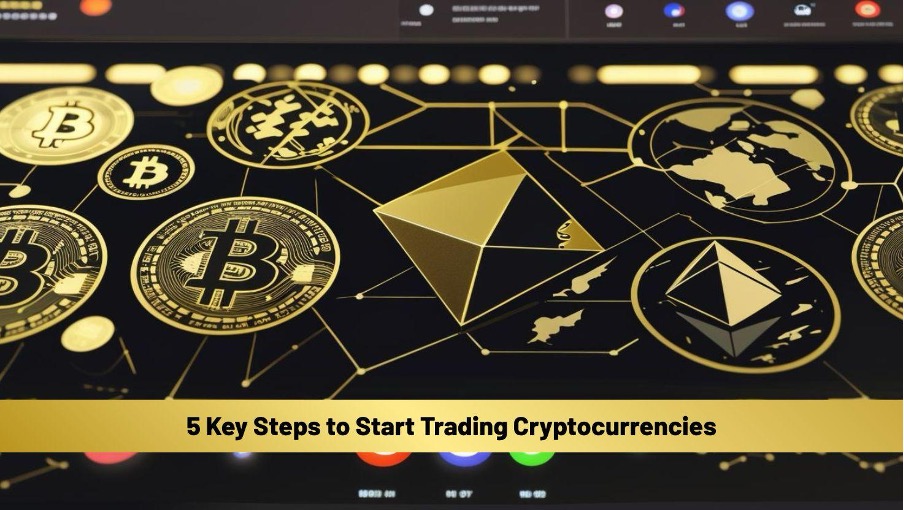The term “AI trading” has become dangerously oversimplified. It conjures
images of a singular, monolithic algorithm—a mysterious black box that ingests
market data and outputs profitable trades. This narrative, while seductive, is a
profound misrepresentation of what it takes to build a truly intelligent and resilient
trading infrastructure. A single algorithm, no matter how sophisticated, is a blunt
instrument in a market defined by its chaotic, multi-faceted nature. It's like trying to
conduct a symphony with only a violin.
The reality is that enduring success in the financial markets is not the product of a
single, secret formula. It is the result of a dynamic, interconnected system of
specialised tools working in concert. It is an ecosystem. This distinction is not merely
semantic; it is the fundamental architectural principle that separates fleeting, luck-
driven gains from sustainable, strategic performance. A robust trading operation
requires a suite of instruments designed for specific tasks: one for identifying
nascent trends, another for managing risk, a third for executing with precision, and a
fourth for analysing the complex web of market sentiment.
This is the philosophy that must underpin any serious attempt to democratise
sophisticated trading. The goal should not be to offer a simplistic “on/off” switch, but
to provide a comprehensive toolkit. It's about empowering users not with a single,
opaque solution, but with an entire framework of intelligent instruments. The
challenge is to build a system where the whole is exponentially more powerful than
the sum of its parts, creating a cohesive engine for navigating the complexities of the
digital asset landscape.
The Multi-Agent System: A Symphony of Specialised AI
To appreciate the necessity of a toolkit approach, one must first understand
the limitations of a monolithic AI. A single algorithm, trained on a broad set of
historical data, will inevitably develop biases and blind spots. It might excel in a
trending market but fail spectacularly during periods of high volatility or sideways
consolidation. It is a specialist masquerading as a generalist.
The more robust and adaptive solution lies in a multi-agent system—a collaborative
ensemble of distinct AIs, each with a unique specialisation. Think of it as an
institutional-grade quantitative team, distilled into code.
- The 'Oracle' Agent: This AI's sole purpose is to look beyond simple priceaction. It consumes a vast spectrum of data—from on-chain metrics anddeveloper activity to global news flow and social media sentiment. Its functionis not to predict price, but to gauge the fundamental health and momentum ofa project, providing a crucial layer of qualitative insight.
- The 'Risk Manager' Agent: In the world of trading, preserving capital is moreimportant than generating returns. This agent acts as the system's centralnervous system, constantly assessing portfolio exposure, market volatility,and correlation between assets. It has the authority to dynamically adjustposition sizes or even halt trading activity to protect against catastrophiclosses.
- The 'Execution' Agent: In a market that never sleeps, speed and precision areparamount. This AI is a master of microstructure, designed to execute largeorders with minimal market impact. It understands the nuances of orderbooks, finding the optimal pathways to enter and exit positions without alertingthe rest of the market.
When these specialised agents operate in unison, coordinated by a master strategic
framework, the result is a system that is not just intelligent, but wise. It is capable of
adapting its strategy in real-time, balancing aggressive opportunism with prudent risk
management in a way that a single algorithm never could.
From Toolkit to Ecosystem: The Vision for an Open Financial Future
Providing a powerful toolkit is only the first step. The ultimate vision is to
create an open, extensible ecosystem. The true power of this model is unlocked
when the toolkit is no longer a closed system, but a platform upon which others can build.
Imagine a future where third-party developers, hedge funds, and even other DAOs
can contribute their own specialised AI agents to the ecosystem. A developer in
Tokyo might create the world's best agent for identifying arbitrage opportunities in
the Japanese yen markets. A fund in London could develop a proprietary risk model
for European equities. By integrating these external agents into the core DeepBot
framework, the entire system becomes smarter, more diverse, and more resilient.
This is the long-term ambition: to evolve from a provider of tools into the foundational
layer for a new generation of decentralised asset management. It's a vision that
fosters collaboration over competition, creating a network effect where every new
participant adds value to the entire ecosystem. It's about building not just a product, but a protocol—a new standard for how intelligent, data-driven investment strategies are created, shared, and deployed in the open financial landscape of the future.




